The following report: originally from Hiroko Tabuchi in Tokyo and M.L. Ward in Washington DC via NYTimes World last week Thurs-Mar 29. I’ve edited it to its nubs, vastly abbreviated for expediency, while maintaining its very scary essence. It’s deserving of one of two titles: China Syndrome Redux, and or Godzilla Lives – jc\
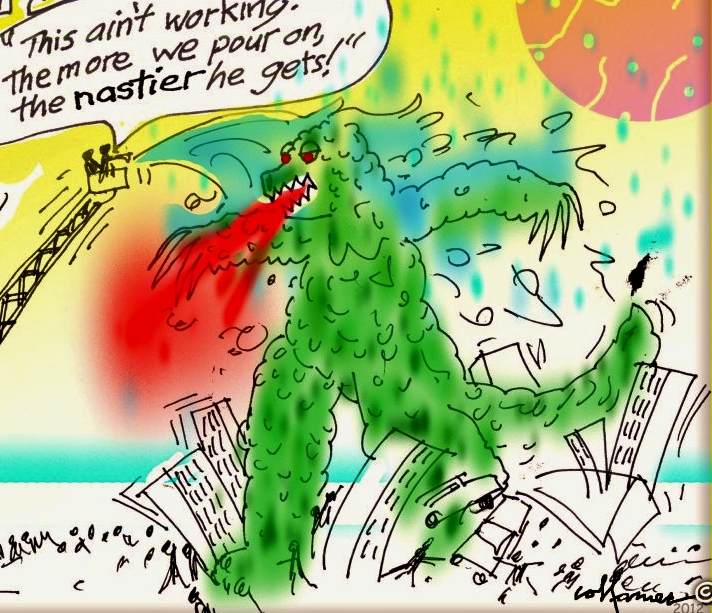

“Japan Nuclear Plant May Be Worse Off Than Thought” A New York Times Report
Tokyo – Damage to one of three Fukushima-Daiichi reactors, is worse than thought. Raising new concerns: “plant stability” complicates clean-up. Japan’s government: Fukushima’s 3-damaged reactors – not stable. Key: keeping fuel rods cool (with water). This week (re: last week) #2 Reactor’s water level is far below estimates. Indicates badly damaged uranium fuel might not be submerged (hmm), in danger of heating up, with cooling water in the vessel only 2-feet deep. Rather than 33-feet deep; the original Dec. estimate.
TEPCO says, low water in the dry-well leaves open the possibility, that the water level in the “leaking” inner containment vessel, where most of the fuel is thought to be, is also low. Current radiation levels at 72.0 sieverts inside the dry-well. Enough to kill a person in minutes and cause electronic equipment to fail.
The high radiation levels complicate decommission, expected to take decades. Clean-up requires flooding the inner reactor vessel, then lowering tools in, to scoop up the radioactive rubble / all would take place, deep underwater. Reactors #1 & #3 are more troubling, due to higher radiation than #2. #4 Reactor, not operating at the time of the accident is also at risk, as it has a large number of fuel rods stored there. Company has long feared, the tons of cooling water being poured in is escaping into the ground, or into the ocean. Cooling water containing a high degree of radioactivity.
Threat of more earthquakes compounds problems. Big enough earthquake could collapse the reactor buildings, draining the cooling pools, releasing more radioactivity. Prof Kazuhido Kudo, nuclear engineer at Kyushu University said, “The plant is in a precarious state. All we can do is keep pumping water into the reactors and hope we don’t have another big earthquake.”
There are earthquakes there everyday.
————————————-jerry note————————————–
In a nutshell (pardon the pun) – reads like: water pumping in, intended to cool the fuel, is draining out somehow, somewhere as fast as it’s pumped in. Either thru massive cracks in the pool’s floor, and or out into the ocean, or both – thru other massive holes.
Compounding the leakage issue: area is too hot to monitor with existing equipment / melts metal and humans. And, there are continuing daily tremors. Result: cool water pours in, instantly drains out highly radiated, through unknown openings, workers can’t locate, due to extreme radioactivity, as more quakes persist. Could things get worse? Seems so. Is this the beginning of the infamous China Syndrome scenario? Guess we’ll find out.
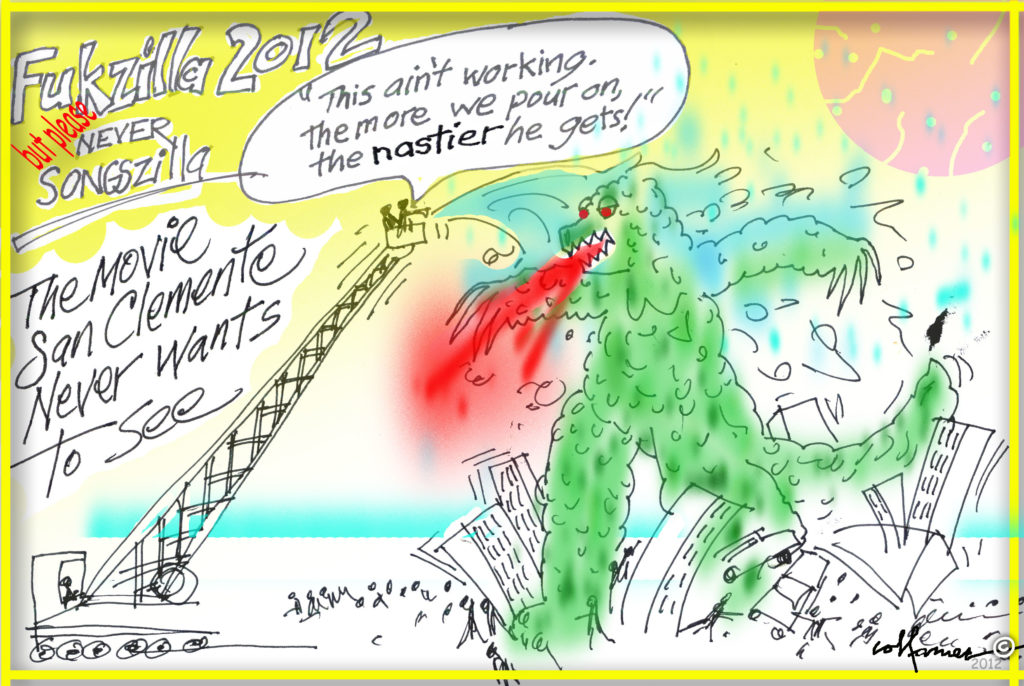

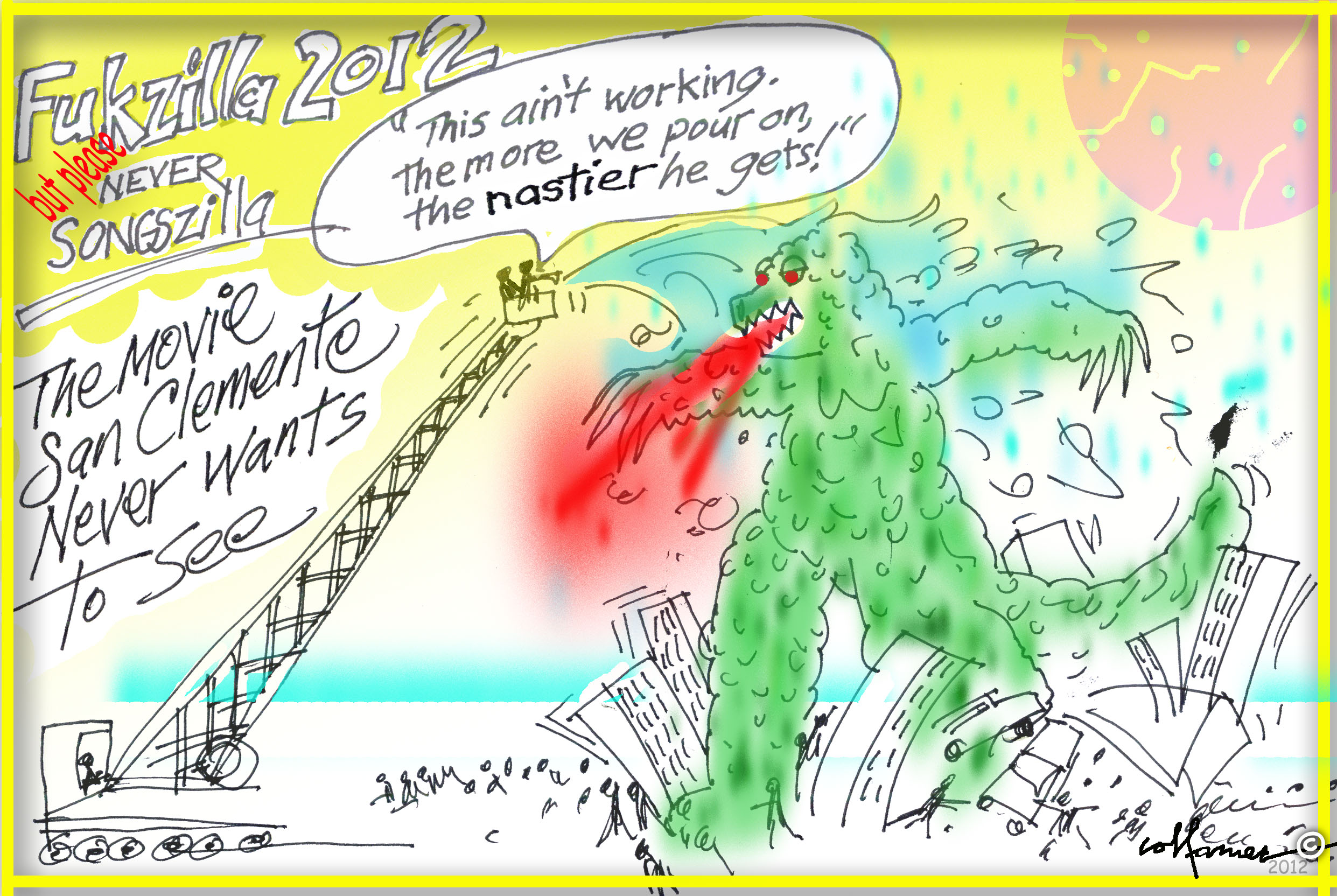


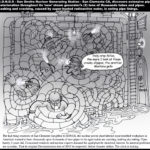
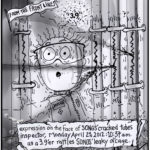
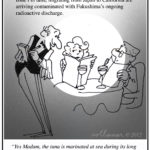







Pingback: Fukushima Meltdown: Flush the Radiated Mess into the Pacific | WilderUtopia.com